Behind every working woman in India lies an invisible question — who cares for her child? For millions of women in the informal economy, this is not a matter of convenience but of survival. Yet, despite its clear link to women’s workforce participation and children’s early development, childcare continues to languish on the policy margins, receiving only 0.1% of India’s GDP.
In an exclusive interview with TheCSRUniverse, Chirashree Ghosh, National Coordinator of FORCES (Forum for Crèches and Childcare Services) and Executive Director – Policy and Partnerships at Mobile Creches, sheds light on why accessible childcare must be viewed not as welfare but as a critical economic enabler. With nearly three decades of experience in early childhood development, grassroots mobilisation, and policy advocacy, she has championed the rights of children of migrant workers, daily wage earners, and women in the informal economy — ensuring access to safe, nurturing, and stimulating care.
Drawing from her extensive work in the sector, she discusses the systemic gaps that persist in India’s childcare framework, the transformative role of community-led crèches, and the urgent need for investment and policy convergence to make childcare a cornerstone of India’s journey toward Viksit Bharat 2047.
Read the full interview below for deeper insights.
Q&A
Q. To begin with, could you give us an overview of the current childcare landscape in India, particularly for children of migrant workers, urban poor families, and women in the informal economy?
A. Children of migrant workers, urban poor families, and women in the informal economy are largely left out of formal childcare services. With both parents at work, children are often taken to unsafe worksites or left home unattended, making access to ICDS nearly impossible (Press Note). NFHS-5 (2019–21) shows 35% of children under five are stunted and 32% are underweight (Press Note). The story of Sundar Sai, a former Sarpanch from a poor tribal family in rural Jashpur district, Chhattisgarh, illustrates this reality. Drawing from his own childhood in an Anganwadi and the struggles of daily wage labourers in his village, Sundar started community crèches (Palna Ghar) that provided children with safe spaces and nutritious meals while enabling mothers to work. What began as a small initiative grew into a movement that won national recognition, showing how grassroots leadership can transform childcare access for the most marginalised families. He was honoured with the Childcare Champion Award at a national event organised by the Forces Network in Delhi.
Q. Why do you think childcare, despite its direct link to women’s economic participation, has not received the kind of policy priority it deserves?
A. Childcare continues to be undervalued because it is viewed as welfare rather than an economic enabler. Despite its direct link to women’s participation in the workforce, India invests only 0.1% of GDP in early childhood care and education. This reflects a systemic disregard for care work, which is often invisible and unpaid. Fragmentation across ministries further weakens accountability. Without recognising childcare as a development priority, especially for women in the informal economy, India risks excluding millions of women from the workforce and undermining broader economic growth.
Q. What are the most visible consequences of allocating only 0.1% of GDP to early care and education, especially for children’s health, safety, and learning?
A. The consequences of underinvestment are stark. Anganwadi centres are often poorly equipped, workers are overburdened, and resources are inadequate. With just 0.1% of GDP allocated, services remain underfunded and overstretched, Anganwadi centres are often poorly equipped, workers overburdened, and resources inadequate.
Even among children accessing ICDS, the prevalence of stunting and undernutrition remains alarmingly high. Beyond nutrition, children miss out on responsive caregiving and early stimulation, which are critical for brain development. The long-term costs are immense, poorer school readiness, weaker learning outcomes, and reduced productivity in adulthood, ultimately weakening India’s future workforce and economic potential.
Q. From your experience, which systemic gaps in Anganwadis and creches need the most urgent attention if we are to improve outcomes for children?
A. Several systemic gaps demand urgent attention. Infrastructure remains inadequate, despite revised guidelines in 2021. The Supplementary Nutrition Programme under Poshan 2.0 is underfunded, weakening nutrition outcomes. Nutrition outcomes are particularly affected, as the Supplementary Nutrition Programme under Poshan 2.0 remains underfunded. According to the guidelines, supplementary nutrition should be served for a minimum of 300 days in a calendar year, averaging 25 days per month, through Morning Snacks, Hot Cooked Meals (HCM), and Take-Home Ration (THR). However, coverage and quality continue to fall short, weakening the impact on child health and growth. Responsive caregiving for children under three is almost absent, leaving a critical developmental window unaddressed.
Quality of pre-school education remains weak, while provisions like PALNA and crèches under the Maternity Benefit Act reach only a fraction of working families.
Q. In what ways does accessible childcare act as an economic enabler, and are there ground-level stories that particularly highlight its role in supporting women’s empowerment and livelihoods?
A. Accessible childcare is one of the most powerful economic enablers. Early Child Development Report (2021-25) show nearly half of women drop out of the workforce within four months of returning from maternity leave, with the situation even more severe in the informal economy. Safe, community-led crèches change this trajectory. Children receive nutritious meals, health check-ups, and early learning support while mothers work without anxiety. In Chhattisgarh, daily wage labourers who accessed the Sundar Sai crèche could continue earning livelihoods knowing their children were safe.
Therefore, childcare systems ensure that women can access earning opportunities and increase their incomes which in turn helps break intergenerational cycles of poverty.
Q. How do stories like that of Sundar Sai, where a local leader took the initiative to start community crèches, reflect the role of grassroots leadership in strengthening childcare? What would it take to replicate and sustain such community-driven models at scale?
A. Sundar Sai’s initiative in Chhattisgarh is a powerful example of grassroots leadership filling gaps left by formal systems. By mobilising the community, local leaders created safe, nurturing crèches for children of daily wage workers, enabling mothers to participate in the workforce. To replicate and sustain such models at scale, three key factors are critical: adequate financing, policy support to integrate community-led crèches into formal childcare schemes, and capacity-building for caregivers. When grassroots leadership is supported by systemic investment, childcare ecosystems become resilient and far-reaching.
Q. What lessons from community-led creches could be scaled nationally to ensure both quality and sustainability?
A. Community-led crèches highlight three critical lessons. First, local ownership, parents and community leaders play a central role in governance, ensuring accountability and trust. Second, flexibility, locally sourced meals, convenient timings, and culturally rooted caregiving practices make childcare accessible for working families. Third, professionalisation, recognising caregivers as skilled workers is essential to improve quality and dignity in childcare services. Scaling these lessons nationally would mean embedding community participation into policy, securing sustainable financing, and ensuring convergence across ministries to guarantee both quality and continuity.
Q. To realise the vision of Viksit Bharat 2047, what practical steps are needed to strengthen convergence across ministries, local governance, and civil society on childcare?
A. To realise the vision of Viksit Bharat 2047, childcare must be treated as a cross-cutting development priority.
Strengthening convergence requires greater coordination between ministries of Women & Child Development, Health, Education, and Labour, ensuring nutrition, health, and early learning services are delivered seamlessly. At the local level, Panchayats, urban local bodies, and self-help groups should be empowered with resources and decision-making authority to tailor solutions to community needs. Civil society can play a vital role by innovating, building capacities of caregivers, and amplifying ground realities into policy discourse.
Finally, sustained financing and robust monitoring mechanisms are critical to ensure that this convergence translates into lasting change for children and working families.
Q. How can platforms like the Childcare Champion Awards contribute to greater recognition, investment, and policy focus on childcare in India?
A. The Childcare Champion Awards play a critical role in shifting childcare from the margins to the mainstream. By celebrating caregivers, grassroots leaders, NGOs, and even employers, they bring visibility and dignity to a sector that is often overlooked. Recognition boosts morale on the ground while also signalling to policymakers and funders that childcare is a professional, high-impact service central to women’s empowerment and children’s development. Such platforms can catalyse greater investment, informed policies, and stronger public discourse, positioning childcare as integral to India’s growth and equity agenda.
Q. Having worked with Mobile Creches for over two decades and led alliances such as FORCES, how has your journey shaped your understanding of systemic change in childcare, and what continues to inspire you?
A. My journey with Mobile Creches and FORCES has shown me that systemic change happens when policy, practice, and lived realities come together. I have witnessed how access to safe childcare transforms not just children’s health and learning, but also women’s ability to work with dignity and families’ chances of breaking the cycle of poverty. This experience reinforced my conviction that childcare is a rights-based and economic issue, not just a welfare service. What inspires me most are the caregivers and grassroots leaders who, with minimal resources, create safe, nurturing spaces every day. Their resilience reminds me why collective advocacy must remain relentless.
Q. What is your vision for the future of childcare and early childhood development in India, and what key changes would you like to see over the next decade?
A. My vision is that every child in India, regardless of background, should have access to safe, nurturing, and stimulating care in their earliest years. Over the next decade, three key shifts are essential: first, substantially higher public investment in early childhood care and education beyond the current 0.1% of GDP; second, professionalisation and recognition of childcare workers as skilled contributors to nation-building; and third, stronger convergence across ministries, local governance, and civil society so that childcare is seamlessly integrated with health, nutrition, and education. Above all, childcare must be recognised as a fundamental right and a cornerstone of India’s journey towards Viksit Bharat 2047.



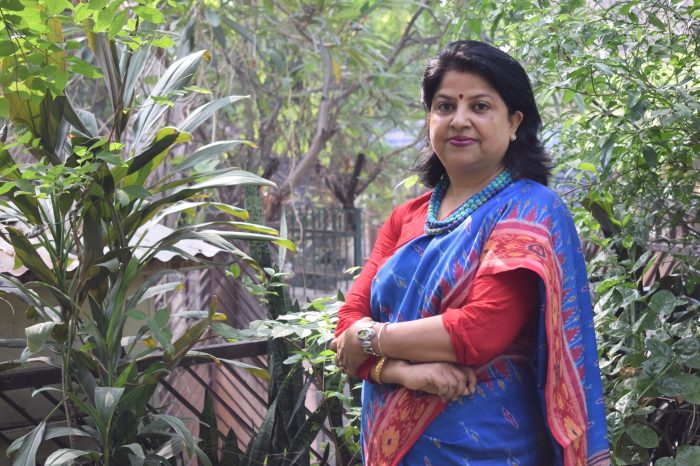
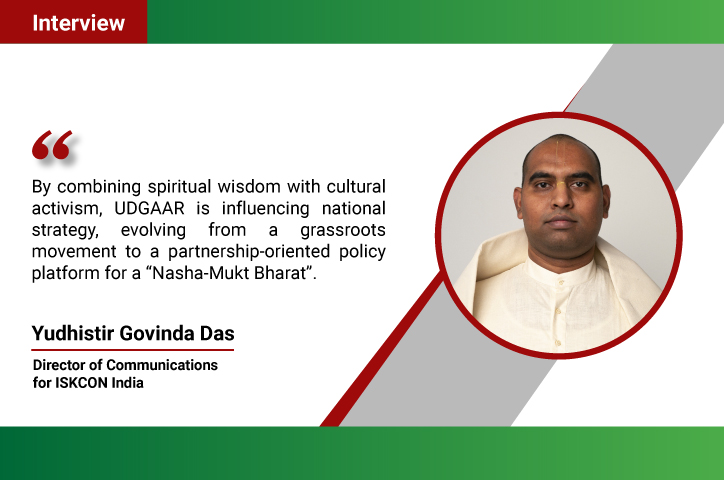



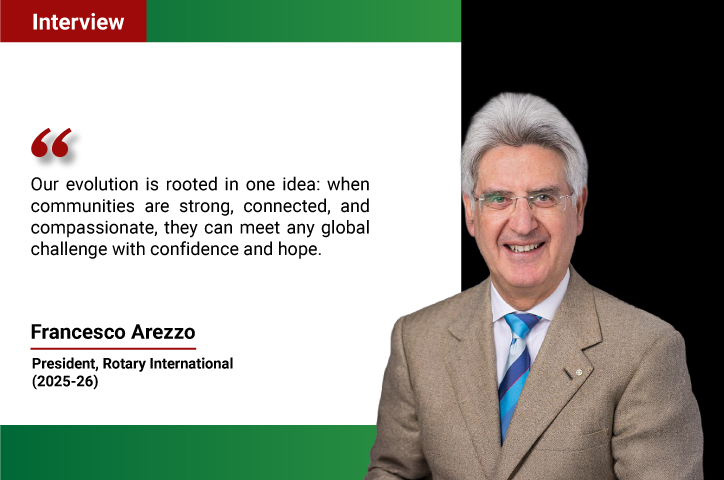
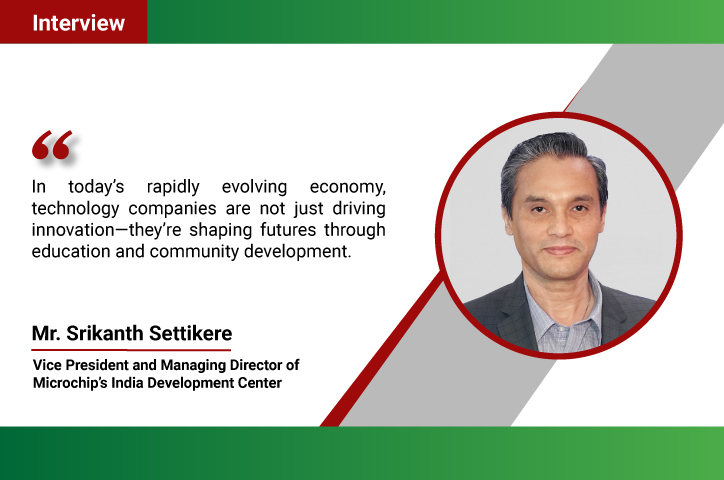
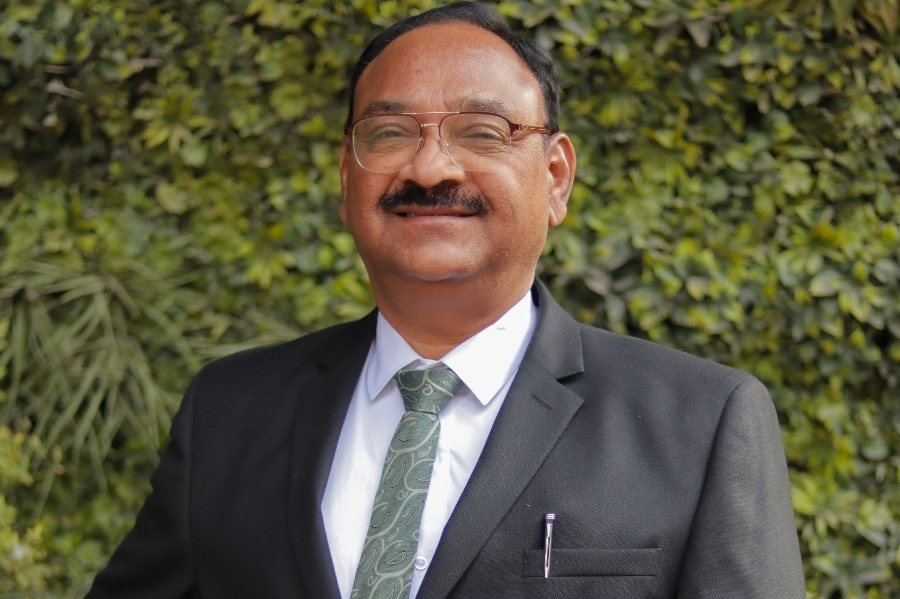
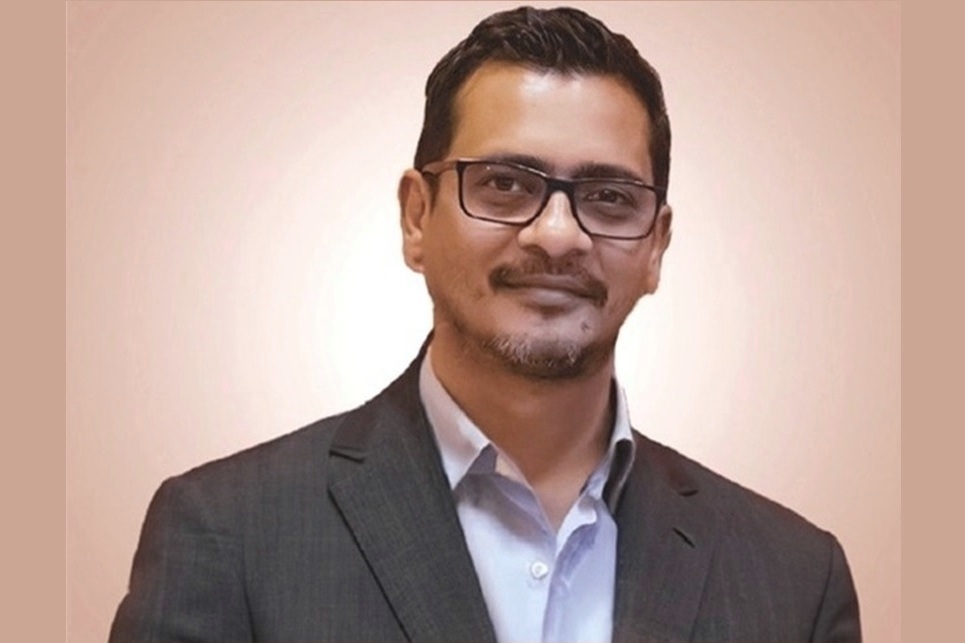

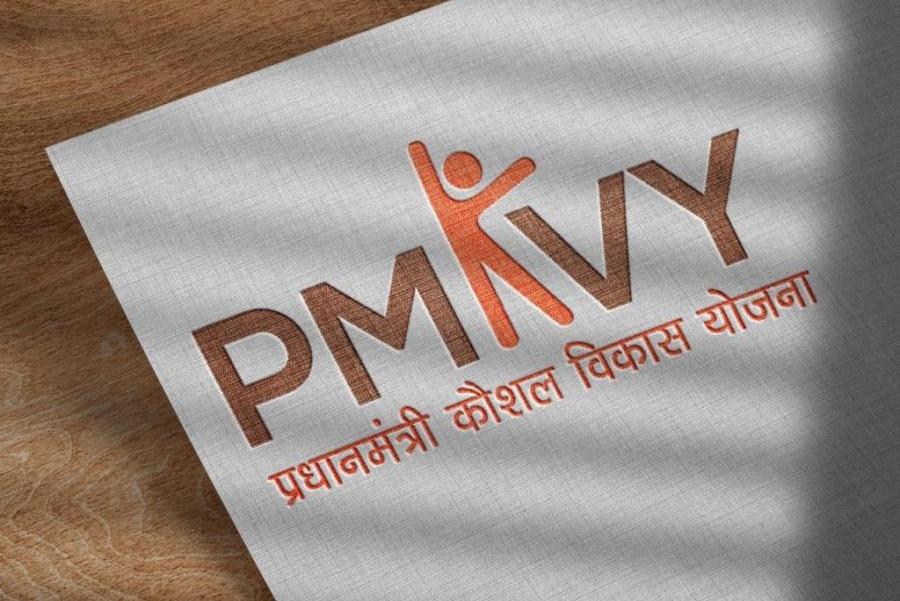
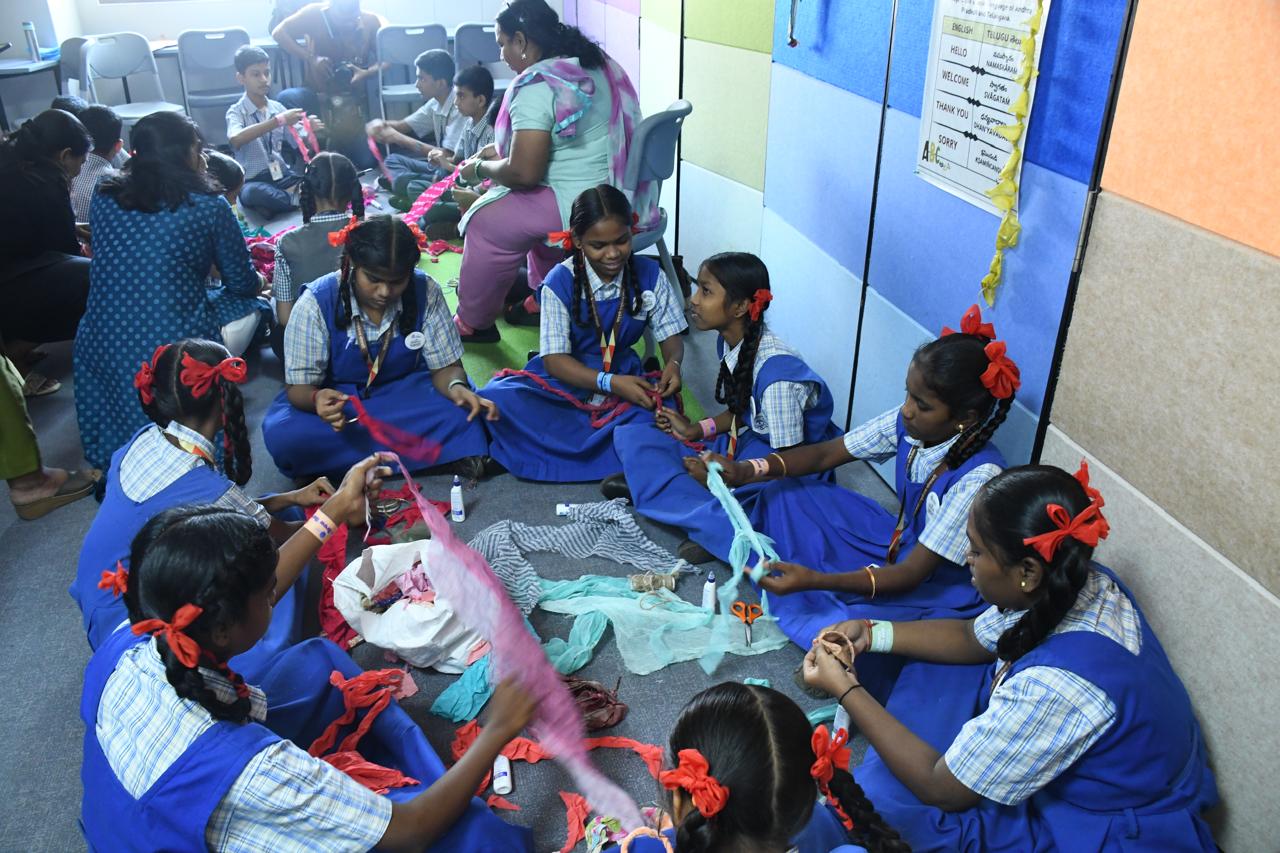
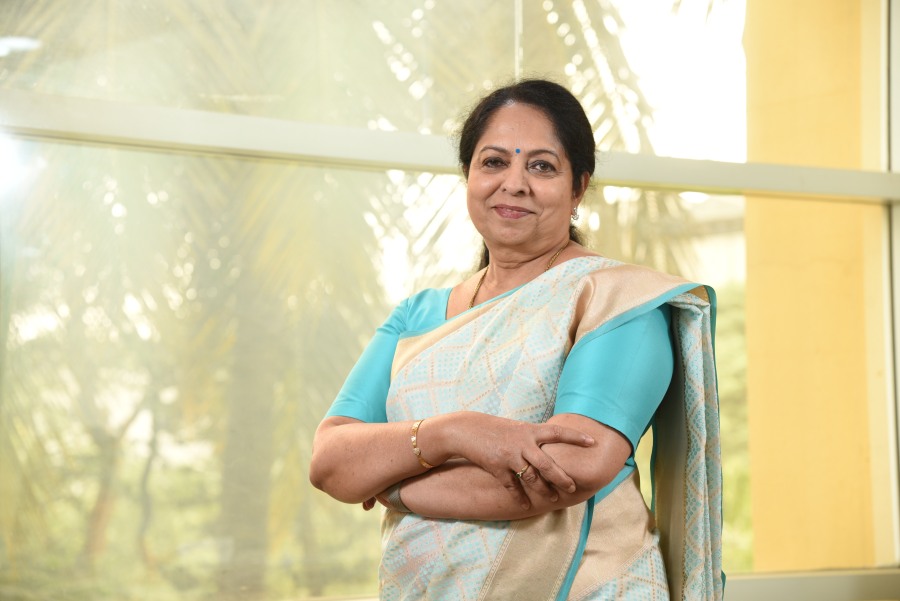
.jpg)




